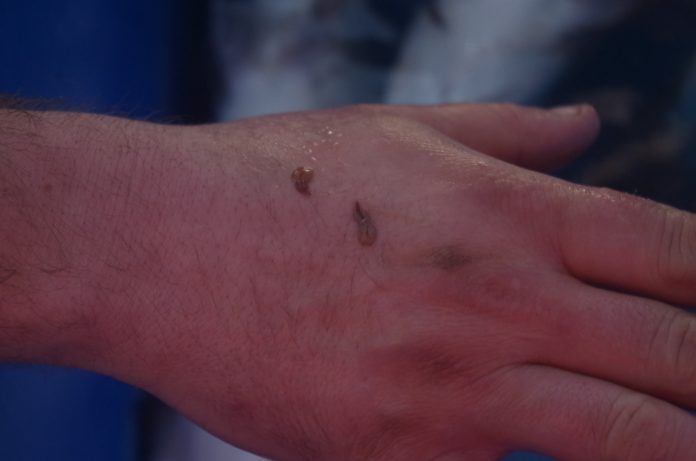“We are introducing legislation that will require all marine fish farms to report a weekly sea lice number to the Scottish Government – one week in arrears.”
Speaking in the Scottish Parliament, Cabinet Secretary for the Rural Economy Fergus Ewing said the salmon industry had already recognised that it must become more open and transparent and had announced its own sea lice reporting plans. On Wednesday, he told Holyrood that he The Scottish Government has completed its review of Scotland’s farmed fish sea lice policy and is implementing changes and new legislation.
Legislation
However, he added that the new legislation would “remove any ambiguity about reporting requirements and will deliver more detailed information about salmon and rainbow trout farms.
“Crucially, it will provide data to enable monitoring of specific farms and issues as they arise, and to allow for further policy change, if needed. To ensure openness and transparency, every sea lice report will be published.”
.@FergusEwingMSP: “we are introducing legislation that will require all marine fish farms to report a weekly sea lice number to @scotgov – one week in arrears.” #aquaculturestatement pic.twitter.com/sLLwLGqTRR
— Scot Gov Greener (@GreenerScotland) June 5, 2019
Simplified enforcement process
He added that from the next reporting week, the Scottish Government will reduce the current reporting and intervention thresholds from three and eight average adult female lice per fish to two and six, respectively. Those thresholds are an average of adult female lice per fish on the farm, and are calculated by following established counting and recording protocols. “That change means that fish farms will now be expected to report at much lower sea lice levels to the Scottish Government’s fish health inspectorate, which will allow for earlier intervention and enforcement action being taken. We will publish an updated enforcement information sheet to that effect, which will include a simplified enforcement process,” he added.
Ewing also said that he is also “committing in the medium term—unless there is compelling evidence to the contrary—to a further reduction of the sea lice reporting and intervention thresholds to two and four average adult female lice per fish.”
The Scottish Salmon Producers Organisation (SSPO) welcomed the plans – and said it had already shown a lead in ensuring greater transparency.
Chief executive Julie Hesketh-Laird wrote on the SSPO site: “The SSPO has been voluntarily publishing lice data since 2013 and since 2018 reporting has been on a farm by farm basis.
“We are pleased the Scottish government’s announcements build on this. We welcome the minister’s commitment to public consultation and look forward to engaging fully in it to help ensure that the data collected is used effectively and so the new system can work as well as possible.
“We would expect everyone with an interest in wild as well as farmed salmon and sea lice to work to the same high levels of transparency and ensure data is accurately collected and quickly reported and published. Building trust in the regulatory system is important.”


